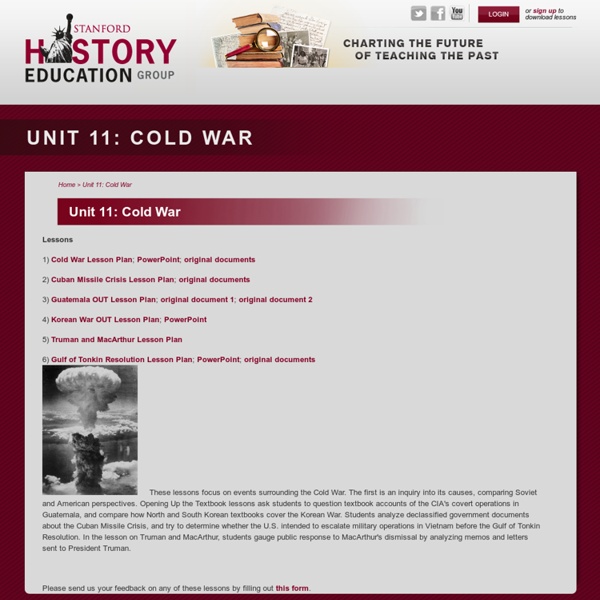



http://sheg.stanford.edu/?q=node/41
Remembering Pearl Harbor: The USS Arizona Memorial Today the battle-scarred, submerged remains of the battleship USS Arizona rest on the silt of Pearl Harbor, just as they settled on December 7, 1941. The ship was one of many casualties from the deadly attack by the Japanese on a quiet Sunday that President Franklin Roosevelt called "a date which will live in infamy." The Arizona's burning bridge and listing mast and superstructure were photographed in the aftermath of the Japanese attack, and news of her sinking was emblazoned on the front page of newspapers across the land. The photograph symbolized the destruction of the United States Pacific Fleet at Pearl Harbor and the start of a war that was to take many thousands of American lives. Indelibly impressed into the national memory, the image could be recalled by most Americans when they heard the battle cry, "Remember Pearl Harbor." More than a million people visit the USS Arizona Memorial each year.
How to teach ... the cold war The introduction of the cold war into the secondary school history syllabus has left some of my younger teaching colleagues non-plussed. But for those of us of a certain vintage, memories of the profound, chilling effect of living in an era where mutually-assured destruction and other paranoiac theories were bandied about as a daily ritual flood back. Recent events between the Ukraine and Russia have stirred recollections of this most opaque and long-running of global conflicts – and reminded us of its relevance to the modern world's psycho-geography. While Barack Obama is playing down any return to cold war rhetoric, its potential re-emergence is causing global concern. Most historians have settled on the cold war as a period encompassing the immediate aftermath of the second world war up until the late 80s or early 90s.
Salem Witchcraft: the Events and Causes of the Salem Witch Trials By Tim Sutter © 2000-2003 What caused the Salem witch trials of 1692? This question has been asked for over 300 years. Although it is a simple question, it does not have an easy answer. Cold War Lesson Plans for High School Author: Inside the Cold War Unit Title: Cold War Lesson Title: Impact of the Early Cold War on High School Students Subject: World History; US History Level: 10 - 12th Grades Length of Lesson: Two 45-minute periods or one 90-minute period
1945 to 21st Century home | 6th-15th centuries | 16-17th centuries | 18-19th centuries | 1901 to World War II Victors, Independence Movements and Cold War The United Nations – the founding, Roosevelt's hopes denied and the veto Victors against the Defeated – retributions, expropriations, occupations The Media and Tokyo Rose – aroused passions against a fictitious enemy Empire headed for Extinction – colonialism in Asia and Africa Cold War Lesson Plan Teacher Guide - George Washington: A National Treasure This Teacher Resource Guide is designed for incorporation into history and social studies curricula. It will introduce your students to some of the events and issues that shaped George Washington’s life. The activities should enhance your students’ knowledge of Washington and expand their horizons about this complex and interesting man.
The 1920's - Roaring Twenties - The Nineteen Twenties in History